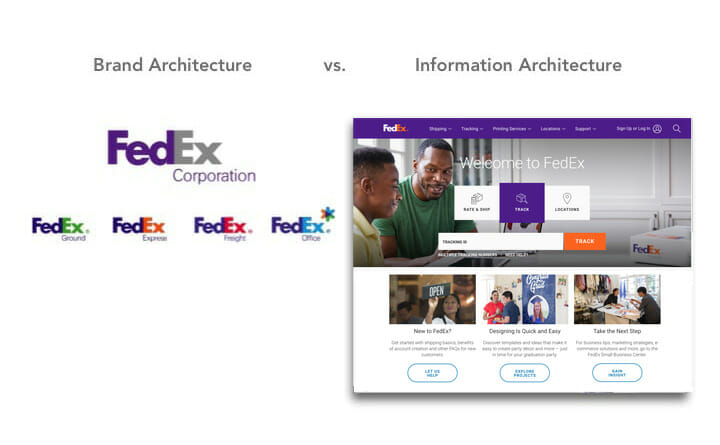OneSpan: Using B2B Brand Architecture to Signal a New Path
When a company makes a major strategic pivot, such as M&A or entering a different category, leadership often ponders a new name, design language, and messaging. These are all important considerations, but too often one of the most crucial underlying aspects of a customer’s experience is overlooked—the company’s brand architecture…




